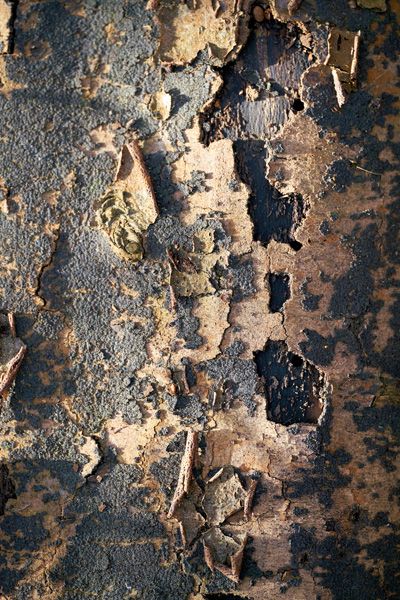
Sycamore Maple Sooty Bark Disease
Sycamore maple sooty bark disease
Common name
Sycamore maple sooty bark disease
Causal agent
It is a fungal plant disease caused by members of the genus Cryptosoma. It is called sooty bark disease due to the appearance of black conidia when the bark falls away.
Scientific name
Cryptostroma corticale
Symptoms & Signs
The initial symptom of sycamore maple sooty bark disease is twig dieback which mainly affects young shoots and branches. The infection soon spreads to the heartwood, producing a light brown stain. It also affects the bark, producing black conidia called “Stomata.” During this process, it kills the bark, displaying the sooty stomata when the bark falls off. Severely infected trees also show wilted leaves along with blisters and cracks on the bark.
Transmission
The black conidia on the bark contain fungal spores that spread via wind to other plants. High temperature and drought conditions favor the growth of this fungus.
Time of concern
Summer
Common hosts
Sycamore maple
Horse chestnut
Japanese maple
Bigleaf maple
